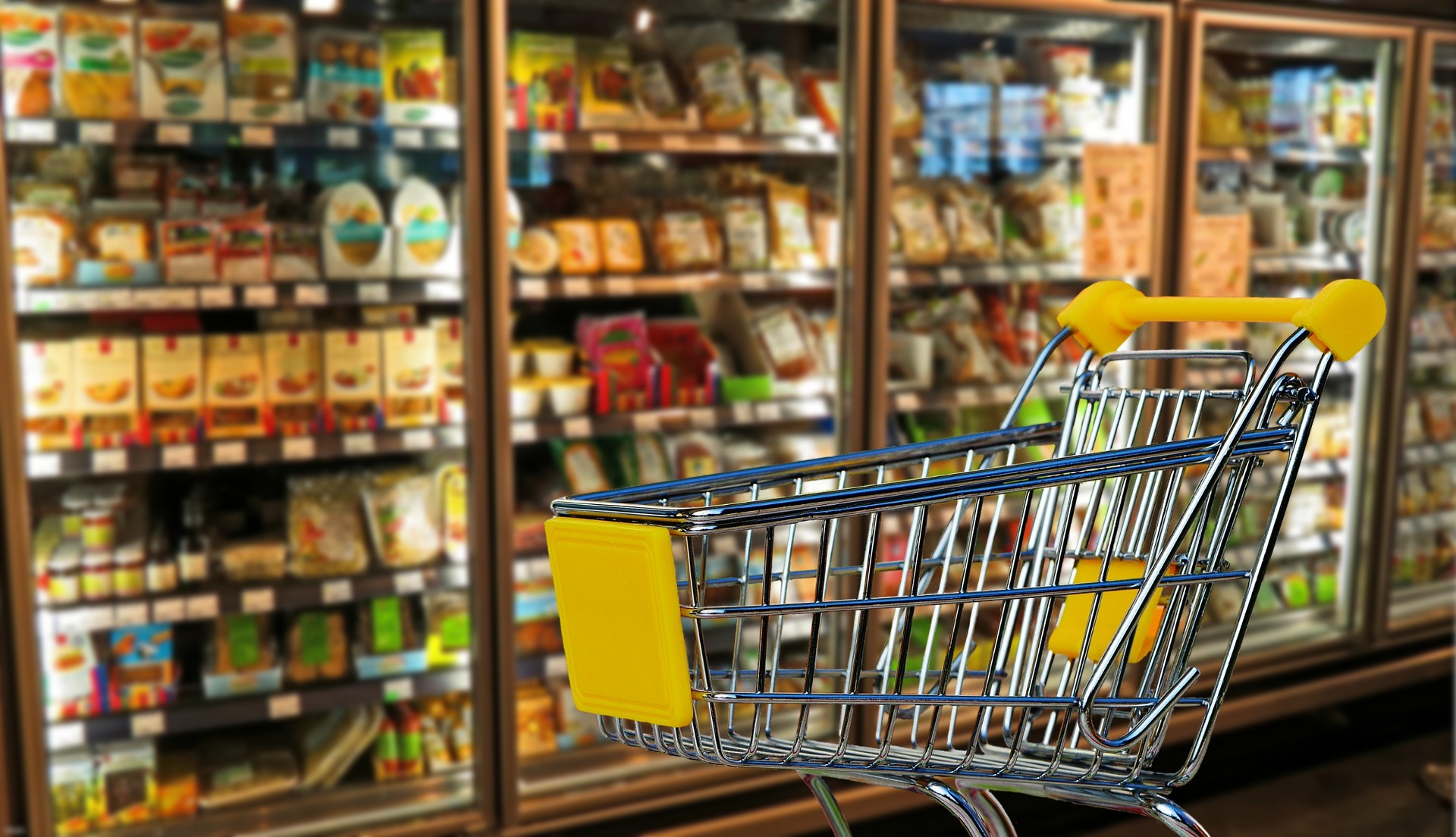RIO DE JANEIRO, BRAZIL – Despite the toolbox deployed by the Argentine Government -controls, freezes, agreements, trusts, and threats of higher withholdings- food prices in February were once again higher than inflation, which would have remained at very high levels, close to 4%.
The high level of food prices is a complex situation for the government, taking into account that poverty in the country is around 40% and that it is also part of the Russian invasion of Ukraine, a fact that threatens to push international prices higher than the pandemic. This same conflict also drives the value of gas at a global level. Negotiations with the International Monetary Fund (IMF) are still bogged down due to the debate between the organization and the Ministry of Economy on electricity and gas tariffs for 2022.
The 20% increase in these tariffs set for March by the most pro-Kirchnerist wing of the “Frente de Todos” adds extra pressure to the rise in prices in a month that is usually seasonally high, mainly due to the start of classes all over the country. For this reason, the government even postponed an increase in the price of fuels (the internal tax was going up).

A survey among private consulting firms that usually estimate monthly price increases indicated that February inflation would have been similar to December and January and would have closed slightly below 4%, pushed by food prices. Again, fruits and vegetables, according to specialists, were the ones that pushed the most, although dairy products, oils, and meats would have been above the general level of some of the surveys.
It is not for nothing that the Secretary of Domestic Trade, Roberto Feletti, has already warned that he has been working with the Central Market on a trust fund to moderate seasonal jumps in fresh produce prices. He also pointed out the need to decouple local prices from international prices. For this reason, Feletti is pushing for a trust fund for corn and wheat with a strong rejection from the farmers. The official has already stated that he wants it to operate from next April.
The pre-agreement with the IMF implies that last year’s nominal anchors -tariffs and dollar- will start to move in line with inflation, complicating the income situation again this year. The government seeks to set expectations around 40% requested by Claudio Moroni for the bargaining process; that percentage is what Martín Guzmán is trying to push for in the tariffs. However, the Market Expectations Survey (REM) of the Argentine Central Bank (BCRA) estimates inflation this year higher than in 2021, around 55% or 57%. Several analysts are already working with 60%.
THE PRIVATE SECTOR’S VIEW
LCG’s chief economist Melisa Sala estimated an increase in prices in February of around 3.7%, although her measurement of the increase in food was one point higher, 4.7%. She also mentioned that another impulse of the month was related to the 9% increase in fuels. “In March, the 20% rise in residential gas and electricity adds 0.6 points. And then there is also the seasonality, mainly related to education,” he told this newspaper.
The director of C&T Asesores Económicos, Camilo Tiscornia, said that his survey was close to 4% for February, again, pushed by fruits and vegetables in particular, but with increases in general in the food item. He also noted the impact of the fuel increase. Orlando Ferreres & Asociados’ survey was 3.7% in the third week of measurement. They estimated a closing near 4% for the month, with the food item running at 5%. Equilibra estimated 3.7%. Abeceb estimated 3.6% for the month, with year-on-year inflation of 50.7%. Meanwhile, GRA Consultora measured an increase of 3.8% for last month.
“We are in a range between 4% and 4.5%”, said the director of Ecolatina, Federico Moll. “Food had been growing above that”, added the expert.
“We do not make price surveys. We project based on the exchange rate, exchange gap, wages, tariffs, and margins. It is giving us, in this way, around 3.3% [for February],” said, for his part, Fernando Marengo, the chief economist of Estudio Arriazu Macroanalistas.
“The survey corresponding to the third week of February registered a variation of 1.3% in food prices compared to the previous week. It implies an acceleration of 0.2 percentage points in the margin. With this data and considering a weekly variation projection of 0.7% for the last week of the month, the inflation of food consumed at home in February would climb to 5.4% monthly,” said the latest report of the private consulting firm EcoGo, which forecasts that last month’s price increase was 3, 8% “mainly explained by the increases in regulated prices -particularly fuels (9%)- and in seasonal prices, which continue to be strongly affected by the weather situation, at the same time that the building managers’ wage bargaining adds to a core inflation driven by food”.

